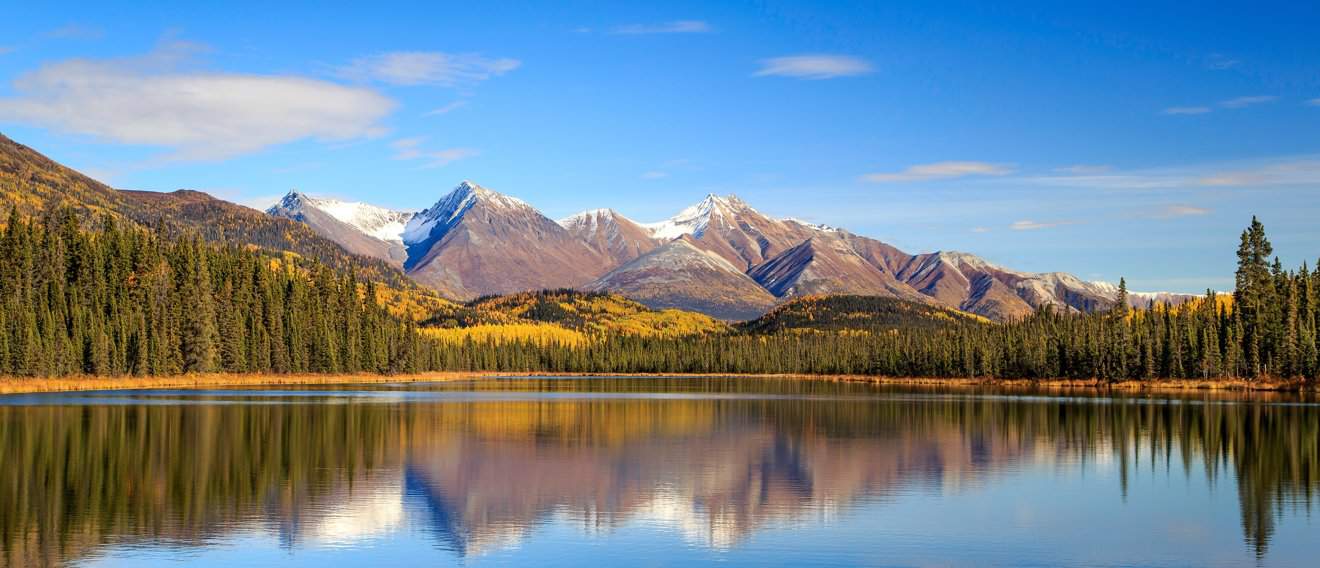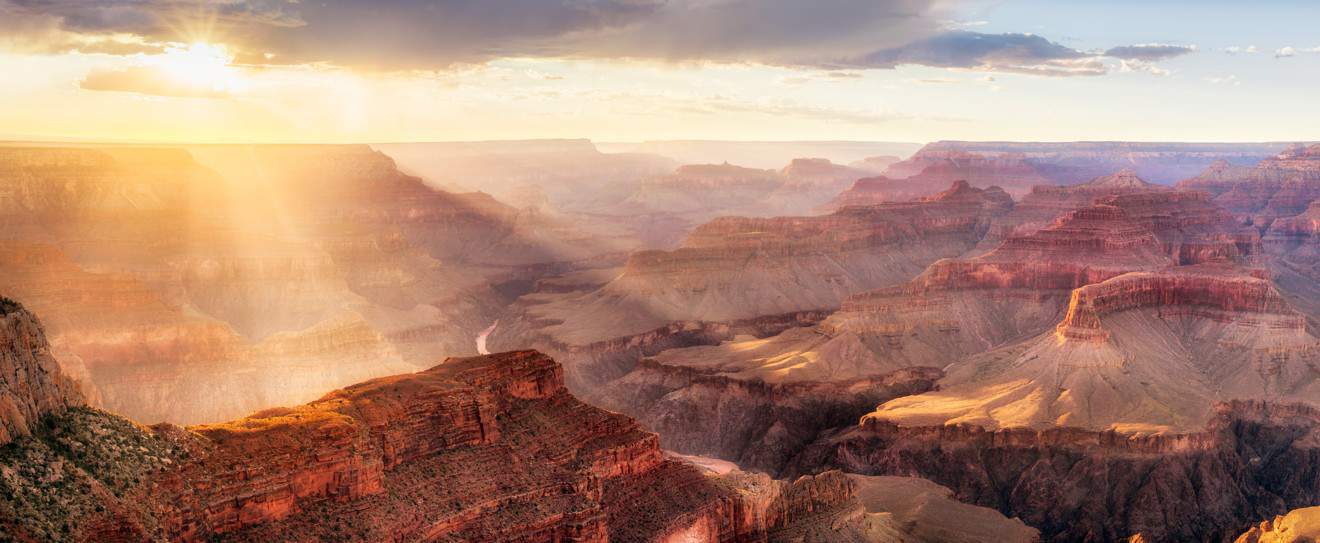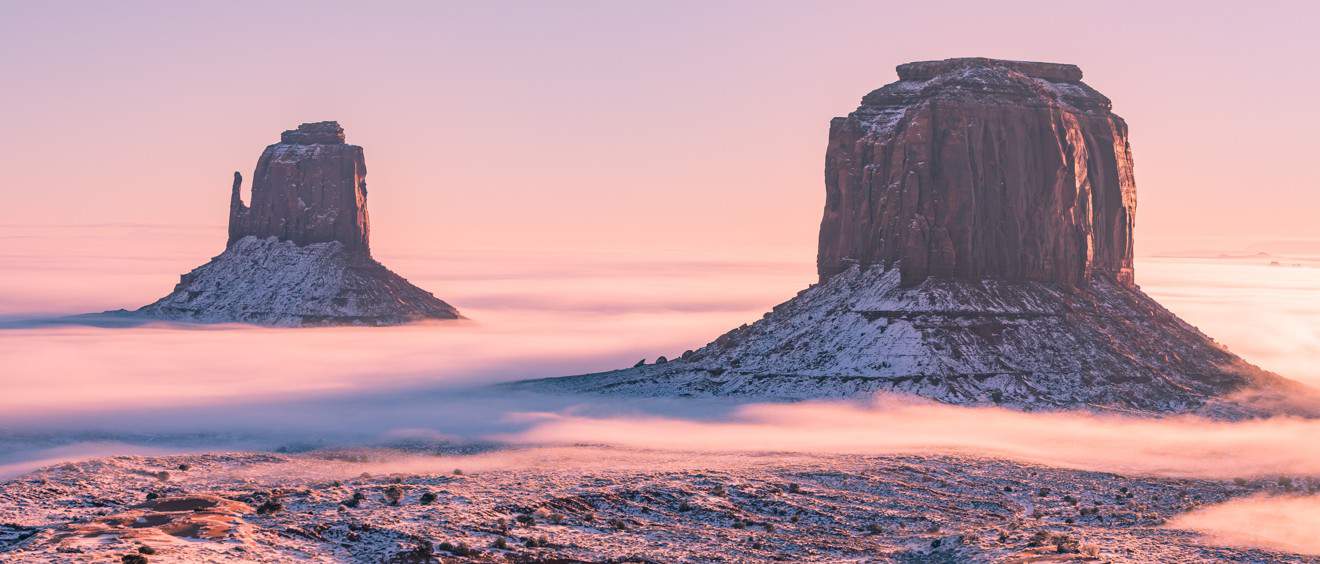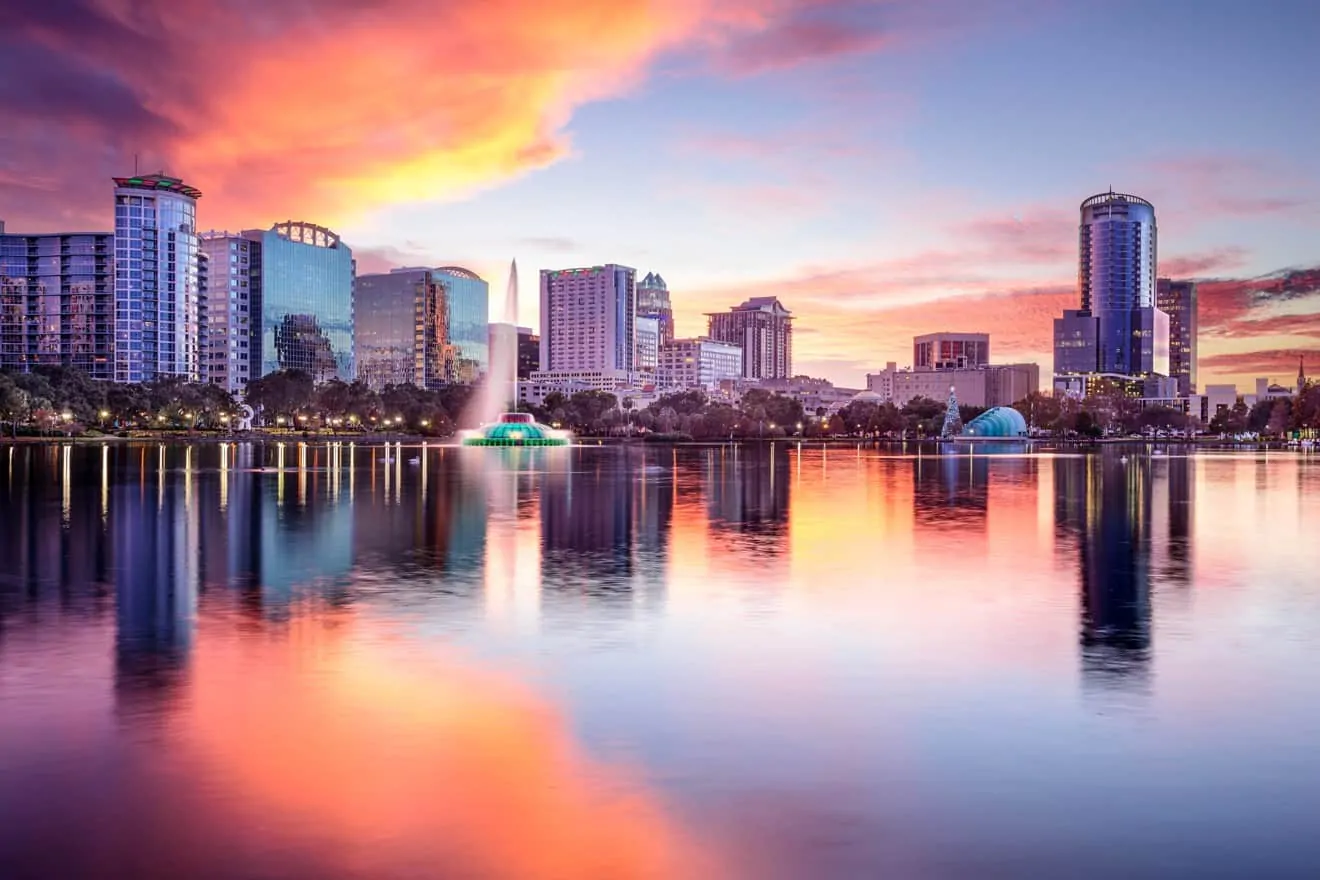As you know, Alaska covers a vast territory and this alone should make you realize that the climate is not the same throughout the whole state. Moreover, the geographical position at the extreme north of the American continent, but surrounded by the sea, makes the situation even more complex.
In this article, I will try to summarize the climate conditions of the various regions depending on the season. However, I suggest you have a look at the article on how to plan a trip to Alaska, to better define which regions to include in your trip.
So let’s find out when is the best time to visit Alaska.
Contents
Alaska’s Climate
Thinking of Alaska brings to mind snow, ice and frost: in truth, this is not always the case. Some areas of the state, especially in summer, are not so cold. It is essential to divide the country into areas that allow us to analyze it from this point of view.
- South Coast. You won’t find palm trees and umbrellas on Alaskan beaches, but more likely seals and puffins. That doesn’t mean, however, that the sea is a perpetual sheet of ice. It may sound strange, but the sea in the Gulf of Alaska has a warm current running through it, which keeps it around 43° F even in winter. Because it is very rugged, the coastline itself has many differences. The bay of Anchorage is very dry: it rains little, even if in winter there is no lack of snow. In general, however, the climate is bearable, with an average in January (the coldest month) of 14° F. We find much more precipitation moving eastward: in Valdez, for example, 24 feet of snow fall every year (with some records of almost twice as much) and it rains much more frequently. More similar to Anchorage in terms of precipitation, but even milder in terms of temperatures is the south-eastern area (that of Inside Passage): in Juneau, the average temperature in January is 37° F.
- West Coast. The side of Alaska that looks towards Russia is colder than the coast facing south. Here the sea gets cooler and this also influences the air temperature. It is difficult, even in summer, to exceed 59° F. Summers are therefore quite cold, but also quite uniform along the entire coast. However, there is a big difference between areas during the winter. Around Nome temperatures can easily reach -4° F, in Cape Newenham it is difficult to go much below 14° F and on the Aleutian Islands below 23° F.
- North Coast. The tundra governs this area north of the Arctic Circle, where the subarctic climate brings with it a constant cold throughout the year. Summers are never hot (average temperatures in July are 44/46° F) and winters have maximum temperatures of -4/-7° F and minimums that reach -22° F.
- Mountainous areas. Two mountain ranges furrow Alaska horizontally: the Alaska Range (which goes from Canada as far as Anchorage and which includes the famous Mount McKinley) and the Brooks Range, parallel to the previous one, north of the Arctic Circle. On these mountains, given the altitude and latitude, snow and ice are the masters throughout the year.
- Interior. The inner part of the state, that is the whole area between the two mountain ranges, where Fairbanks is located, has a decidedly continental climate, with a high temperature range between summer and winter. Summers are short and mild, with occasional hot spells when the maximum temperatures can stay for days between 68 and 77° F (there have been record peaks of 86/95° F over the years, but these are exceptional cases). The long winters are very cold: between October and April it is almost always below zero. In Fairbanks the winter months have an average maximum of 5° F and minimums of -13° F, but you can reach peaks of -40° F and more.
Alaska in autumn
Fall is not a recommended season to visit Alaska. The weather starts to get cold in much of the state and the rains are more frequent, especially in the southern area. However, it all depends on what kind of attractions you are looking for. With proper attire, it is a season when you can still appreciate the cities and more easily accessible areas of the south. Also, if you go in October to Sitka, you can attend the celebration for the anniversary of the acquisition of Alaska from Russia.
Alaska in winter
If you don’t love the cold, Alaska is not the state for you, especially in the winter. But if you want to enjoy some of the most beautiful views that the global north has to offer, don’t disdain it. The main reason to head to Alaska in the winter months is the chance to witness the Northern Lights. It is therefore worth visiting the north-central area of the state in winter, which is also where there are likely to be very few hours of daylight each day.
The months of February and March are preferable to December and January for this very reason: with the same cold, snow and above all magical green lights in the sky, there are more hours of light to see something even during the day. When the snow covers everything, the best means of transportation become sled dogs: consider them during a winter trip.
Alaska in spring
Spring is mud season: a country that has snow and ice as the predominant elements for many months sees its lowland areas fill with water in the thaw season. April (or May/June in the more northern areas) is not the best time to travel to Alaska. When the sun peeks through, the snow melts and makes it very difficult to get around in the suburban areas.
The risk is therefore having little possibility of getting around. This problem does not arise, of course, if you choose a visit to the coastal area by ship. An interesting reason for a spring trip is to witness the awakening of bears from hibernation, finding out in advance about the weeks when it is possible to make this interesting sighting.
Alaska in summer
If you have doubts about when to go to Alaska, the answer is simple: choose summer. The three months of June, July and August are without a shadow of a doubt the best months to travel to this state. The extreme cold disappears for a few weeks and although you still have to dress warmly, the climate is definitely bearable. The month of June, although a few degrees cooler than the other two, is less rainy.
We could therefore elect June as the best month to visit Alaska. However, the temperature is not the only characteristic to take into consideration. Summer is the best season for spotting whales, which arrive in large numbers in search of plankton, as well as large land mammals. Coming home from a summer trip to Alaska without encountering a bear or moose is virtually impossible.
When to go to Alaska: Climate recommendations
If this is your first trip to Alaska, go in the summer, possibly in June or July. You’ll find the best weather during this time, and proper clothing will be enough to enjoy a great vacation. Most of the state’s attractions are at their best in the warmer months. You’ll be able to see all kinds of wildlife and go on breathtaking trips on boats, glaciers, or mountain peaks.
If you’re not a traveler accustomed to rugged natural environments, avoid the mid-seasons – they have the most unstable weather. Don’t disdain the winter: the cold months offer fewer attractions than the summer months, but some of them can leave lasting memories. Discovering unexplored territories on a husky sled and ending the day with a sky tinged with emerald green is a thrill that is hard to forget. If you choose winter, however, prepare your clothing well: a simple windbreaker is not enough at -22° F.
At this point, to help you better organize your trip, please read the articles dedicated to what to see in Alaska and the guide on which areas to choose to see wildlife in the state.









